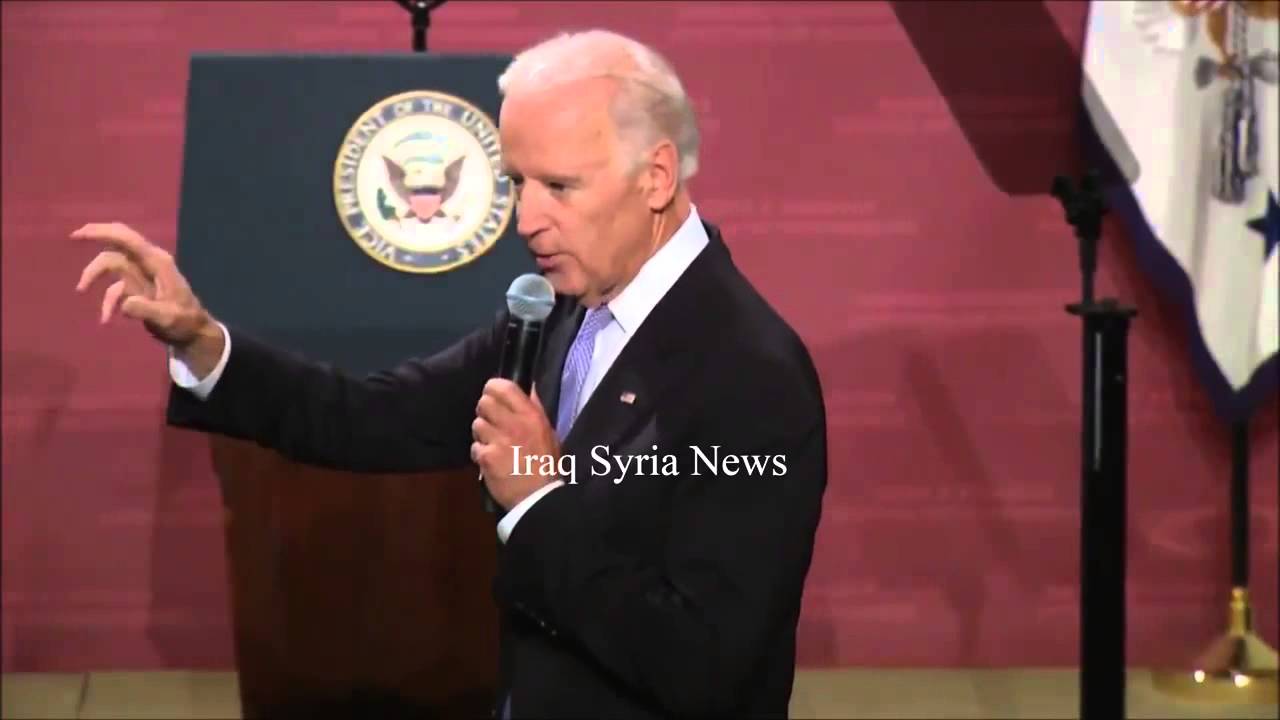
This article was last updated on April 16, 2022
Canada: ![]() Oye! Times readers Get FREE $30 to spend on Amazon, Walmart…
Oye! Times readers Get FREE $30 to spend on Amazon, Walmart…
USA: ![]() Oye! Times readers Get FREE $30 to spend on Amazon, Walmart…
Oye! Times readers Get FREE $30 to spend on Amazon, Walmart…
The battle against ISIS seems to be going nowhere. As shown on this map, despite the consortium of Western nations that are fighting against its advance, ISIS controls a significant portion of western Iraq and Syria:
As we know, Islam is divided into two competing branches; Sunni and Shia. With that in mind, let's open this posting with this diagram that helps to explain which nations are Shia and which are Sunni along with further subdivisions and which branch has the majority in each nation:
Here is a map showing the global Shia-Sunni divide with Shia majority nations shown in yellow and Sunni majority nations shown in green:
The geopolitical landscape of the ongoing fight in Syria has become extremely complex. The four-year-long conflict started with pro-democracy protests in March 2011 which were met with bullets fired by Assad's security forces. Nationwide protests took place and by July 2011, hundreds of thousands of Syrians took to the streets. Syria descended into civil war with rebel brigades forming to fight against Assad-controlled government forces who, at the time, were considered "the bad guys". This civil war has morphed into more than just a battle between pro- and anti-Assad forces and has resulted in sectarian fighting between the President's minority Shia Alawite sect and Syria's Sunni majority. Jihadist groups like ISIS (Sunni) have entered the fray, feeding a religion-based battle that has its roots in the 2011 political battle against Bashar al-Assad.
Let's look at who is supporting who in this civil war and their Islamic affiliation:
1.) Pro-Assad (pro-government/Shia): government forces (i.e. Syria's armed forces), Iran-backed National Defense Force, Lebanon's Hezbollah, Iraq's Assaib Ahl al-Haq and Kata'ib Hezbollah, Shia refugees from Afghanistan, Russia and China.
2.) Anti-Assad (anti-government/rebel forces/Sunni): Ahrar-al-Sham, the Islamic Front, al-Qaeda's Nusra Front, foreign Sunni fighters from Arab and Western nations, ISIS, AQI, funding from Saudi Arabia and other gulf states.
Here is a 2014 speech from Vice President Joe Biden where he outlines the complexity of the geopolitical problems in the region from some of America's supposed allies in the region:
Here's what he said:
"Our allies in the region were our largest problem in Syria…the Saudis, the Emirates etcetera, what were they doing? They were so determined to take down Assad and essentially have a proxy Sunni-Shia war, what did they do? They poured hundreds of millions of dollars and tens of thousands of tons of weapons into anyone who would fight against Assad except the people who were being supplied were Al Nusra and Al Qaeda and the extremist elements of jihadis coming from other parts of the world.”
Much of the current Sunni – Shia tension in the region has its roots in the 2003 invasion of Iraq and the Middle East's Arab Spring. In the case of Iraq, the United States and its coalition partners removed Saddam Hussein (a Sunni) who ruled over a nation that had a majority of Shia citizens. Now, Iraq's Shia majority is dominating Iraq's parliament and its prime ministers have both been Shia, leading to what can only be termed a civil war against Sunnis who have joined ISIS and AQI.
As I noted above, complicating the situation in Syria and Iraq even further is the presence of AQI also known as Al-Qaeda in Iraq. This Sunni terrorist group declined in importance in Iraq during 2009 – 2010, however, after the rise of the insurgency in Syria, they began to increase in strength. Here is a formerly secret, heavily redacted Department of Defense document looking at AQI's activities in Syria and the ultimate impact on Iraq:
Notice that in the last paragraph, the DoD is concerned that the continuing deterioration in the situation in Syria may result in the creation of an "…ideal atmosphere for AQI to return to its old pockets in Mosul and Ramadi (in Iraq) and will provide a renewed momentum under the presumption of unifying the jihad among Sunni Iraq and Syria, and the rest of the Sunnis in the Araba world against what it considers one enemy, the dissenters. ISI (ISIS) could also declare an Islamic state throughout its union with other terrorist organizations in Iraq and Syria, which will create grave danger in regards to unifying Iraq and the protection of its territory."
As we can see, the religious complexity of the Syria/Iraq/ISIS/al-Qaeda/Assad/rebel forces issue is practically unsolvable. With America's Middle East allies arming the Sunni/ISIS/al-Qaeda side in the religious war against Assad and his Shia/Alawite/Iranian army, there will be no clear winner if, in fact, there ever is a winner, except for the terrorists.
Click HERE to read more of Glen Asher's columns
You can publish this article on your website as long as you provide a link back to this page.

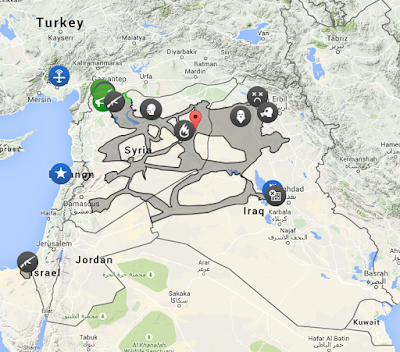
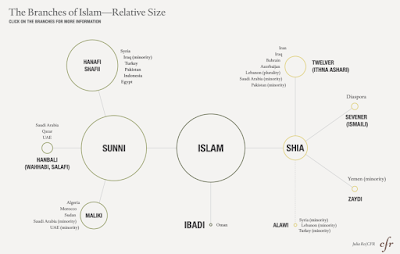
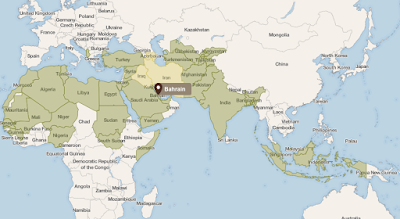

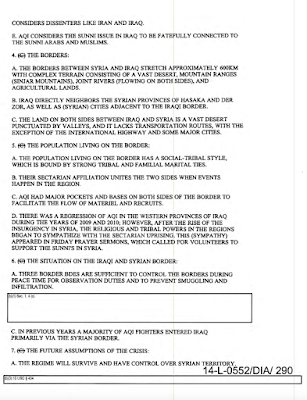
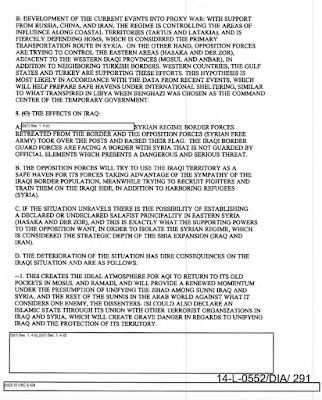
Be the first to comment